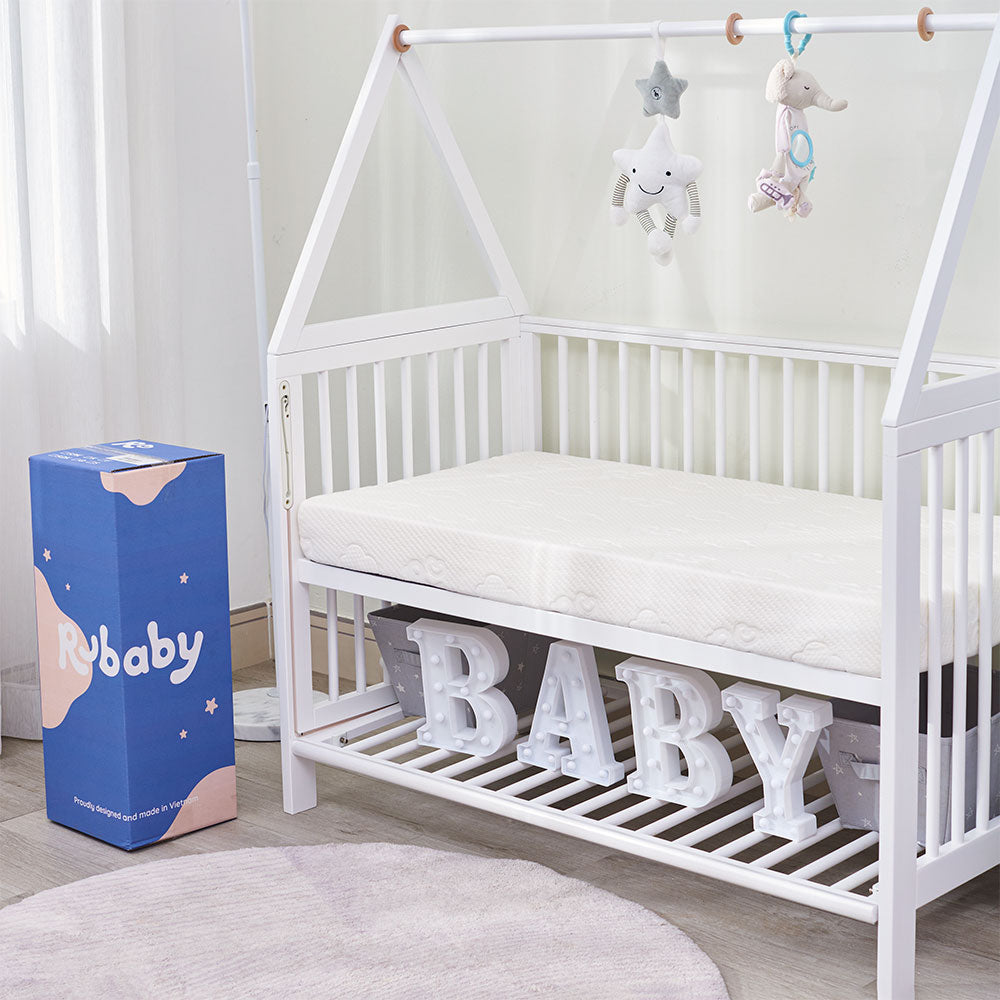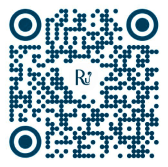Tencel and linen – both are the favorites of the sustainable fashion industry as well as the sleep industry. But each type of material will bring different feelings, as well as possess different advantages and disadvantages. Let's do a deep analysis and find out which one is best for you!
Choosing sleep products can be a daunting task, especially when so much of the decision depends on the material. Currently, tencel and linen fabrics are considered two bright names in many people's sleep care choices. Both have similar characteristics, are environmentally friendly, and have the same durability and lightness. So, let's analyze the difference between tencel silk and linen with Ru9 to make the most suitable decision for yourself.
1. What is linen fabric?
Linen is a sustainable fabric derived directly from the flax plant. After careful harvesting and separation, flax is spun and woven into soft and strong fabrics known as linen. This material does not seem to be out of fashion for more than 10 thousand years because of many outstanding advantages.
Advantages of linen fabric
Safe for skin
Linen is an all-natural material, with no harmful chemicals involved in the manufacturing process like synthetic fibers do. Therefore, linen fabric easily passes skin safety tests and does not cause allergies.
Biodegradable
When untreated, flax is one of the most biodegradable plants in the world. Once woven into fabric, linen is 100% biodegradable and recyclable.

Linen is considered one of the most environmentally friendly materials.
Antibacterial ability
One of the biggest benefits of linen fabric is its excellent antibacterial properties. Because of the extremely fine fibers and the tight weaving process, it is difficult for harmful bacteria and other germs to grow on the surface of linen.
Durable yarn
Like sturdy flax plants that don't need insecticides, linen is exceptionally strong and resistant to termites. At the same time, they will get softer the more you wash them.
Breathable and moisture-wicking
Linen fabric can withstand high temperatures, absorb moisture without accumulating bacteria. Besides, linen has the ability to insulate keeping you warm in winter and cool in summer.
Disadvantages of linen fabric
Wrinkles easily
Linen fabric wrinkles very quickly, which is a relatively obvious drawback. Once it begins to form on the surface, wrinkles in linen will not "heal" on their own until ironed or steamed.

Linen fabric is relatively wrinkled and prone to shrinkage.
Easy to shrink
Although linen fibers are strong, they do not stretch due to their low elasticity. This means that if folded and ironed many times in the same place, the linen fibers will weaken, fade and shrink.
Difficult to bleach
When bleached or dyed, linen fabrics can lose their biodegradable properties. That's why linen is more sustainable when untreated.
2. What is tencel fabric?
Tencel fabric is a popular fabric made with 100% natural and completely sustainable materials. Tencel fabric is very good for people and nature, so this is a "shining star" for sleep products such as pillowcases and tencel sheets.
Advantages of tencel fabric
Outstanding breathability
Tencel is naturally breathable, allowing air to flow easily and preventing heat from remaining on the fabric surface. In addition, tencel also has the ability to remove moisture and dry itself quickly, which is a great feature if you are prone to night sweats.
To minimize the feeling of hotness when lying down, Ru9 Original mattress is covered with high-quality tencel fabric, ensuring absorption and ventilation for you to sleep well throughout the 4 seasons.
Smooth surface
With extremely soft and smooth like silk right from the touch, thanks to the fine, low lint fibers, it does not cause irritation to sensitive skin.

The tencel mattress cover also contributes greatly to the soft feel of the mattress.
Environmental friendliness
With a closed production process, tencel produces only minimal waste and uses less water and energy than conventional cotton fabrics. As a result, tencel products or tencel pillowcases are always environmentally friendly.
Disadvantages of tencel fabric
Requires special cleaning procedures
Most products made from tencel material require special care cleaning procedures. When washing tencel sheets or other tencel products, it's best to read the manufacturer's instructions label first.
Tencel fabrics can be cleaned on a gentle wash cycle in the washing machine. However, do not wash in hot water or put in the dryer or iron on high heat.
High price
Because of being produced in an eco-friendly manner, tencel products tend to be more expensive than other common materials on the market.
3. What are some differences of linen with tencel fabric?
About aesthetics
The absorbent ability of tencel fibers makes products applying this material smoother, cooler and antibacterial. It also makes them easy to dye a variety of colors and less likely to fade over time.

Tencel is applied to mattress covers to maximize absorbency.
While linen fabric is limited in color, because if dyed and bleached, it can lose its degradable properties. In addition, aesthetically, linen is more prone to shrinkage and wrinkles.
About breathability
Tencel silk fabric is effective in keeping the body cooler while sleeping, because throughout the night sweat is quickly absorbed. The ventilation ability of tencel works well in many different types of weather, including the cold season.
Linen is also a highly prized fabric in terms of thermoregulation, thanks to its natural origin. Although not as good as tencel, for most users, linen manages body temperature perfectly.
About the price
Linen is expensive because it is difficult to manufacture, requires a lot of manual labor, and is more prone to breakage when woven. Compared to other natural fibers, it is often referred to as a classy and luxurious fabric.
Despite the high price, linen is still cheaper than tencel. Because tencel is manufactured based on one of the most advanced technologies available today.
About applicability
Tencel is used more flexibly than linen. Tencel feels soft, as well as easier to care for because linen tends to wrinkle and harden. Tencel is also extremely strong even when wet and is more durable than linen.

Ru9 mattress cover made of tencel increases water resistance and wrinkle resistance.
About environmental friendliness
Production of linen fabric requires less energy than tencel and does not require the use of chemicals in the production process.
Meanwhile, tencel was invented in the spirit of sustainable fashion. Therefore, the production processes use energy and emit low CO2, even less than linen.
In summary, tencel and linen both have distinct benefits and limitations. The right way to choose which material is best for you is to experience it for yourself. Try a 100-day free trial of Ru9 products to feel which material is right for you!





















































